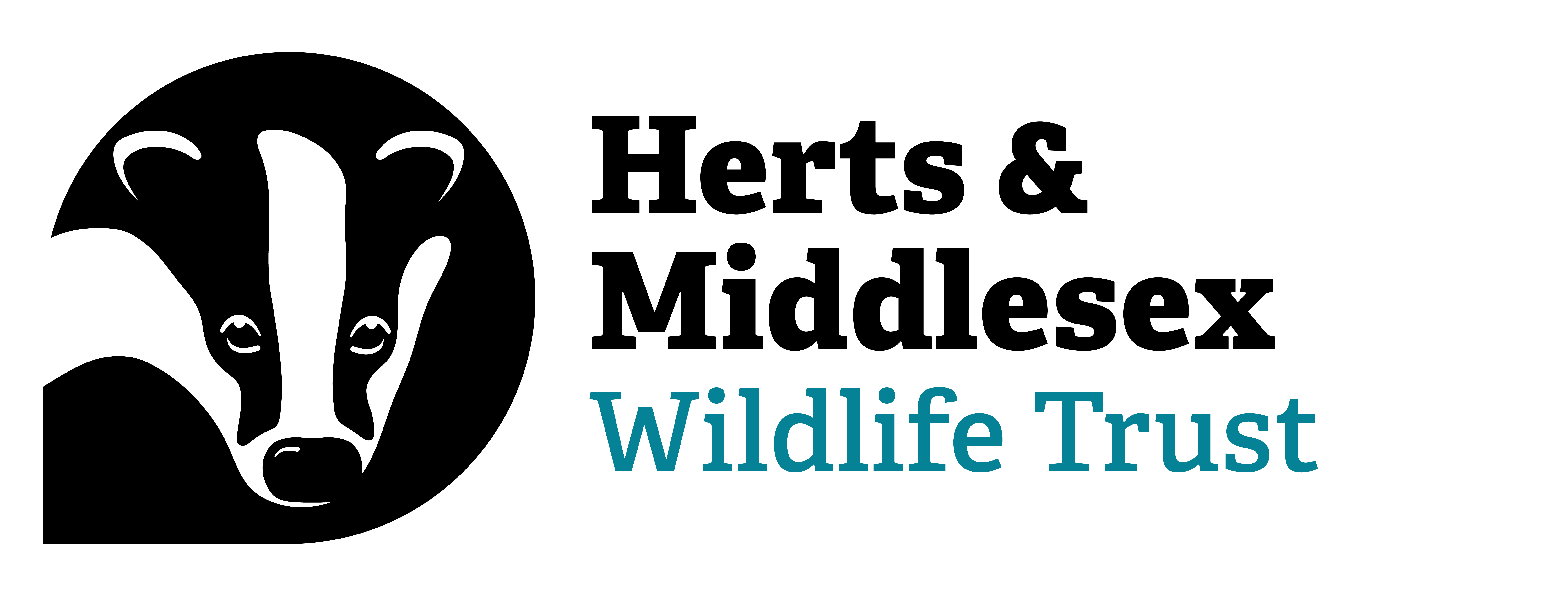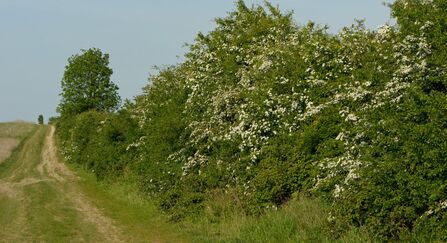Birders and wildlife photographers have been treated to sightings of a bird rarely seen in Hertfordshire – the Dartford Warbler.
The bird, which has come back from the brink of extinction in the 1960s, is a UK resident but is usually found in the South and South West of the country. Within the last fortnight, an unusual first sighting of the bird in Hertfordshire was reported close to the village of Tewin, in the Mimram Valley, and a second bird at Gorhambury, near St Albans



